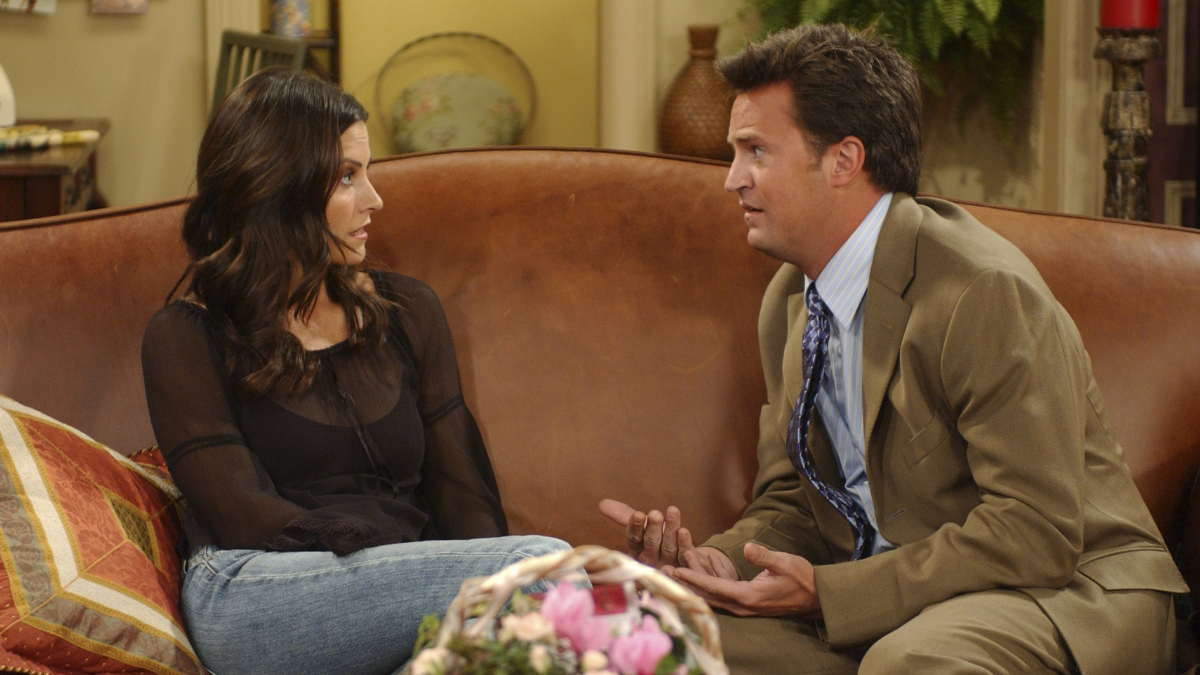
When most people think of Valentine's Day, they envision a bouquet of red roses, a heart-shaped box full of chocolates and perhaps even someone they love. And while that is what Valentine's Day has evolved into, the romantic holiday hasn't always been so sweet.
The exact history of Valentine's Day is a bit murky, but some historians believe the holiday is linked to Lupercalia, a pagan festival that was held annually between Feb. 13 and Feb. 15 in ancient Rome. The festival was intended to purify the city and facilitate fertility, but it fostered ominous rituals, including sacrificing animals and beating women.
The festival traces back to the 6th century B.C., and according to Roman mythology, it was to honor the Roman fertility god Lupercus and the she-wolf who nursed twin brothers Romulus and Remus -- the future founders of Rome -- when they were abandoned as infants.
In the 5th century A.D., Pope Gelasius I replaced Lupercalia and declared that on Feb. 14, people would celebrate Saint Valentine instead. Although the stories behind Saint Valentine are a bit vague, some legends say that he was a Roman priest who defied Emperor Claudius II, who banned marriage so men would be more willing to go to war, by continuing to marry people in secret, which resulted in Saint Valentine's brutal execution. But even after Lupercalia was no longer celebrated and Saint Valentine was beaten and beheaded, it took quite some time for the holiday to turn romantic.
We're making it easier for you to find stories that matter with our new newsletter — The 4Front. Sign up here and get news that is important for you to your inbox.
According to History.com, Geoffrey Chaucer, an English poet is our best clue as to when Valentine's Day began representing love. "Geoffrey Chaucer was the first to record St. Valentine’s Day as a day of romantic celebration in his 1375 poem “Parliament of Foules,” writing, “For this was sent on Seynt Valentyne’s day / Whan every foul cometh ther to choose his mate.”
Written valentines began appearing in 1400, and Shakespeare referenced Valentine's Day three times in his plays in the early 1600s. In the 1800s, Esther Howland began mass-producing Valentine's Day cards and popularized them in America. She is often referred to as "the mother of the American valentine." Her handmade cards often featured glitter, lace and silk and are cherished collector's items to this day.
Today, Valentine's Day has been commercialized, popularized and everything in between with most buying Valentine's Day gifts for their lovers, children, friends and even pets. According to the National Retail Federation, Valentine's Day spending is expected to reach $23.9 billion in 2022.
But when you're admiring beautiful red roses this year, remember the popularity of the color red during Valentine's Day might actually be rooted in the bloody sacrifices all those centuries ago.



